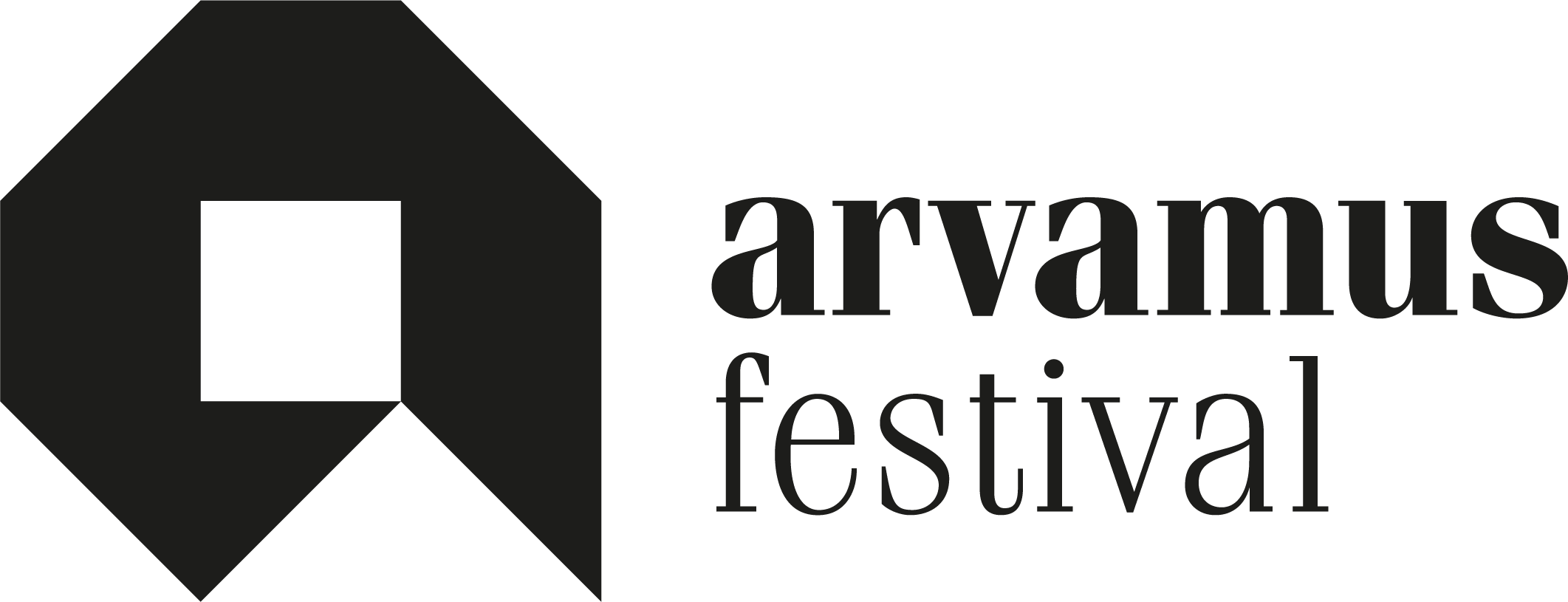How does it work? Format description
Debating is the meeting of justified positions, i.e. a reasoned discussion with specific rules.
A good debate requires a balanced and agreed-upon topic that is worded neutrally and allows both sides to bring arguments. For a debate to arise, at least two parties with different opinions are needed, who are also able to express themselves in an argumentative way. However, the representatives of the parties may, but do not necessarily have to, represent their personal positions. There must be specific rules and time limits in the debate to ensure the equality of the participants.
Every debate should have three components: participants’ speeches, rounds of questions between participants, and questions from the audience. The debate begins with an uninterrupted speech from the affirmative side, followed by a few minutes of questions and answers, where the negative speaker can question the affirmative speaker who has just spoken. The debate continues with a negative speech and a reverse round of questions and answers. The pattern of speeches and answers can be repeated alternately between the two sides, depending on the number of participants. Time should be left at the end of the debate for audience questions and comments, and for concluding remarks by both sides and the moderator. The length of the introduction, speeches, question-and-answer rounds and audience comments can be set according to the discussion time and the aim of audience involvement.
If there are invited speakers in the discussion, what do they do? What do the participants in the discussion do?
The debaters themselves play the most active role during the debate. The activity of the audience can be increased or decreased according to the time given to the audience to ask questions and express thoughts. Also, at the beginning of the debate, the audience can be asked about their initial position (raising a hand, some digital solution). At the end of the debate, the same question can be asked again – this way the audience is in a more active role. This will also show whether the debate changed the audience’s mind. Also, the audience can finally decide which speaker/side won the debate.
What is the role and profile of the moderator?
The moderator’s aim is to ensure that debaters adhere to the rules and time limits, and, in the case of audience involvement, to manage it. If desired, the moderator may give assessments of the participants’ ideas during or at the end of the debate and/or indicate which side’s arguments prevailed.
Number and profile of participants in the discussion?
There must be an equal number of participants on two opposing sides, for example, a total of 2, 4 or 6 participants. Debaters on one side of the topic should all agree with the main claim of their side to be able to debate together. Participants in the debate should have both a clear understanding of the format and knowledge and prepared arguments about their topic side. Debaters have an important role in the substantive development of the discussion, as the moderator’s task is mainly to maintain the clarity and specific structure of the conversation.
Preliminary and follow-up work: what larger process is a discussion built in this way suitable for?
For a successful debate, it is important for the discussion organiser and moderator to set the exact conditions of the debate (including a balanced debate topic, number of participants, length of speeches, audience involvement, etc.) and introduce them to the debaters.
As a follow-up, it may be useful to summarise the main questions of the debate and the arguments made by both sides, which can be used and disseminated more widely after the Opinion Festival to further develop public discussion on this topic.
Debate is a good way to map different topic-related arguments, which can then also be used later.
If you feel you need advice on choosing or applying a discussion format, please contact your discussion area coordinator.
